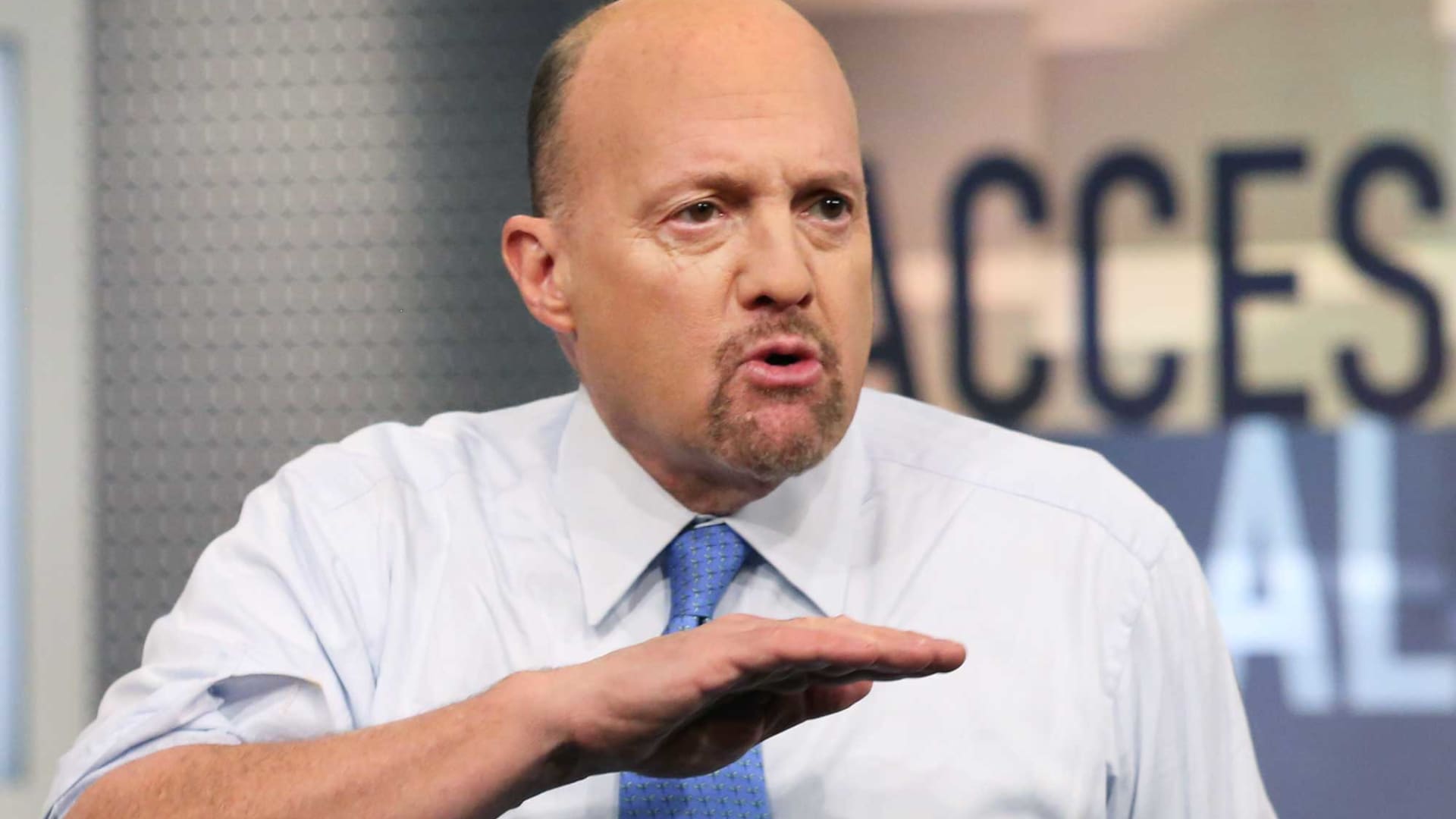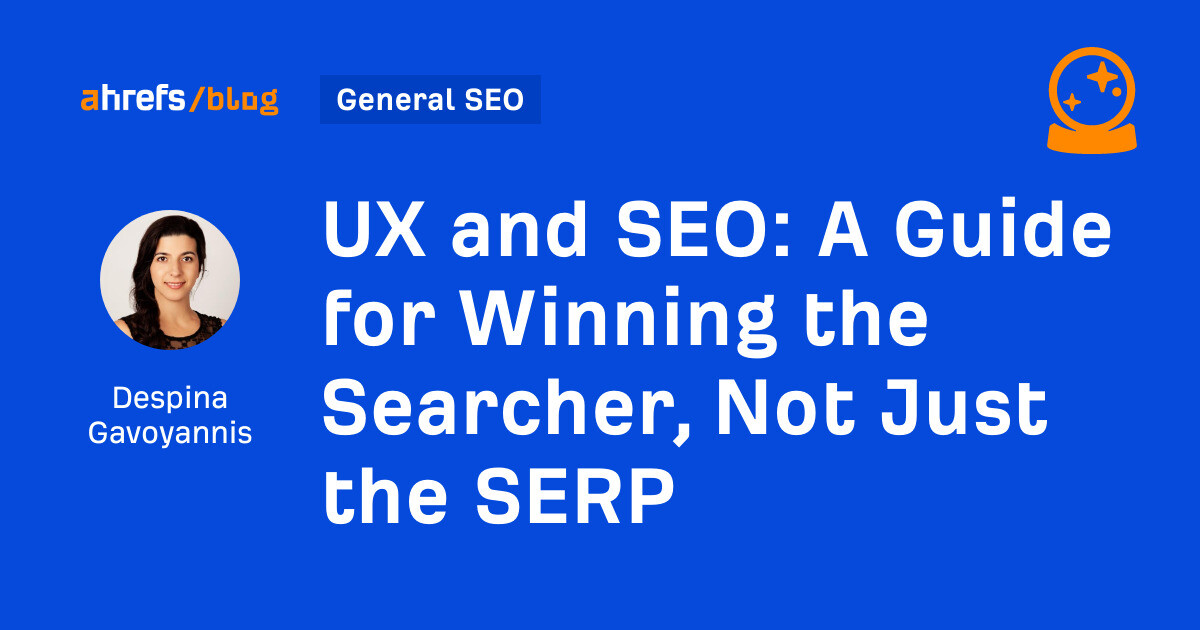CPG brands get data clean room in push to target shoppers
Epsilon and IRI work together to aid privacy-compliant targeting as P&G and other CPG clients step up CTV and programmatic buying.

Publicis Groupe’s Epsilon has joined IRI to set up a clean room where packaged-goods marketers can match their data against IRI’s 45 million loyalty card household database and with media companies to target and track campaigns.
The move comes as packaged-goods marketers increasingly focus on how to keep targeting ads as opportunities to use individual digital identifiers disappear. Clean rooms like Epsilon’s allow marketers, retailers and media companies to match records from their databases based on common anonymized or “hashed” email addresses, complying with consumer permissions and without any of the data changing hands.
While Google has delayed the end of third-party cookies within its Chrome browser until 2024, moves by Apple and others to no longer allow matching of records has made it harder for CPG marketers to target or track effectiveness of their ads based on shopping patterns in loyalty card databases.
“CPG clients are desperate for first-party data to bring themselves up to speed” with other industries that have more direct access to customer data, said Kate Sirkin, executive VP of global data partnerships for Epsilon.
Often, she said, they have to rely on cohorts, or as Sirkin put it, “bundled segments that really are just a blob of consumers mostly modeled with various levels of accuracy across the whole industry.” But via the clean room, she said, they can access loyalty card shopping data that IRI pegs at 45 million households.
They can match those households using Epsilon’s proprietary data and its “Core ID” database, with their own first-party data or data from participating media companies to target their own customers, buyers of rival brands, lapsed brand buyers or other segments they choose. Epsilon is among data providers that have used audit firm Truthset to grade and help improve the accuracy of their data.
Beyond targeting, the clean room also will help marketers track post-exposure purchase response among people exposed to their ads.
Programmatic and CTV impact
While Sirkin expects the clean room to be used largely for programmatic digital display buys, she also expects it to be applied to connected TV buys that have become among the fastest-growing parts of CPG budgets.
A recent report by Pathmatics found CPG advertisers increased spending by 39% on over-the-top TV between the first and second quarter, faster than any other segment, and even as many brands were pulling back on linear TV spending measured by iSpot.tv.
Procter & Gamble Co., for example, increased over-the-top spending by almost 16% quarter-to-quarter and was the biggest OTT advertiser overall with a nearly $70 million outlay, according to Pathmatics. Indeed, CPG overall became the biggest OTT spending industry segment measured by Pathmatics last quarter, surpassing financial services, which pulled back 29%, and other segments where spending was either flat or grew more slowly.
Meanwhile, CPG spending on Facebook, Instagram and Twitter declined quarter-to-quarter, according to Pathmatics. Those platforms have been hampered by Apple’s move to restrict access to user identities. Though CPG advertisers did ramp up spending on similarly affected TikTok and Snapchat substantially last quarter.
Beyond addressable
Beyond addressable digital and TV buys, the Epsilon clean room could also be used to inform planning and buying on linear TV or other media, said Jennifer Pelino, executive VP and head of Global Media Solutions for IRI.
The partnership helps fuel a growing business in measuring media effectiveness for IRI, which includes a recent partnership with TikTok to incorporate the fast-growing digital channel’s performance data into IRI’s marketing-mix models.
Epsilon’s isn’t the only clean room IRI’s CPG clients will use. IRI announced a partnership last week with InfoSum to use that company’s Secure Data Clean Room.
More than one clean room is necessary in part because different media players use different clean rooms, Sirkin said. And IRI may well forge partnerships to work with others as well, Pelino said. But the clean room also expands a broader existing IRI partnership with Epsilon to help CPG marketers manage media.
“This is a solution helping to prepare for changes in a new marketplace of privacy and regulatory challenges,” Pelino said.
Even though Google has repeatedly pushed back the date for ending third-party cookies in Chrome, CPG marketers aren’t getting complacent about the change, Sirkin said. “They’ve started to understand the challenges in cookies. There’s so much duplication, so much waste.”

 Konoly
Konoly 
































